Pasture
All Pasture Content
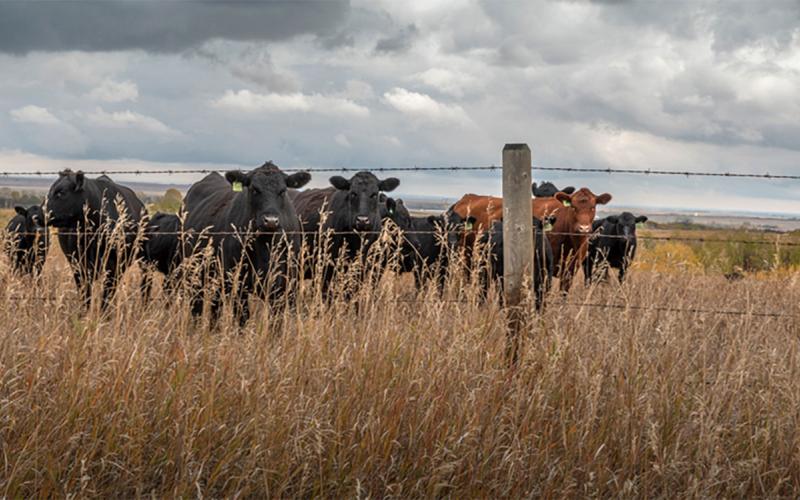
Pasture Conditions and Grazing Opportunities
Fall rains across South Dakota have provided some much-needed soil moisture improvement. Learn some expert tips for taking advantage of late-season grazing opportunities on pasture and rangeland.
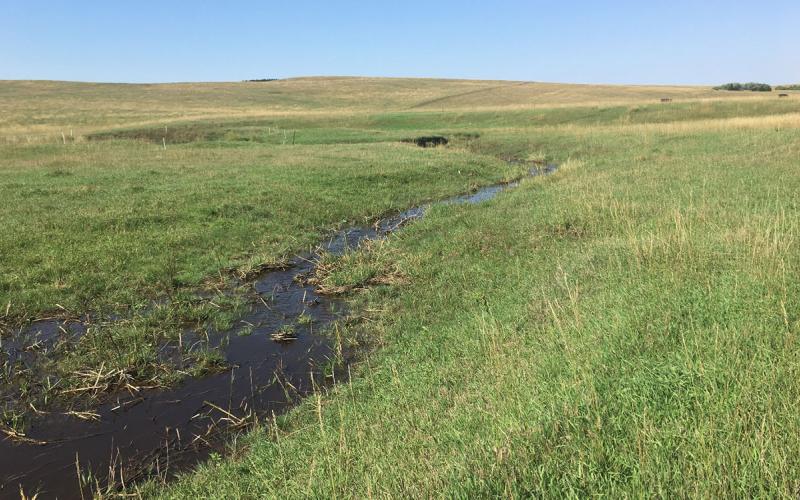
Fall Grazing: A Cautionary Tale
It is very tempting to graze new, green cool-season grasses when pastures are dry most of the summer. However, caution should be taken to not overgraze this green-up.
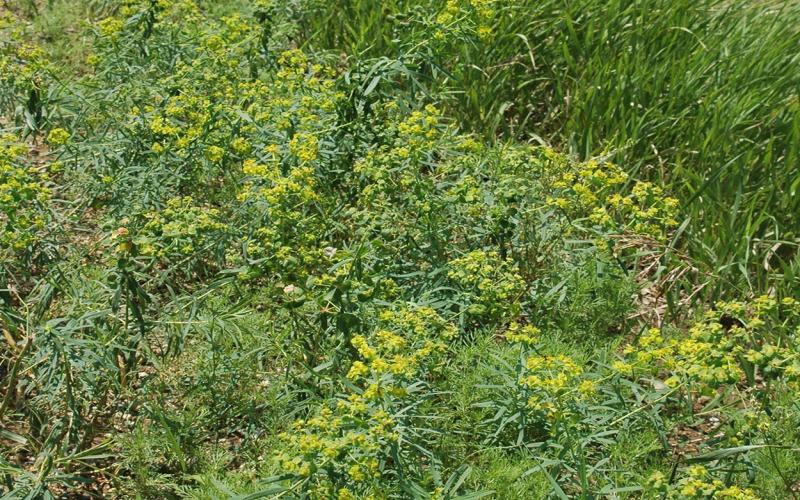
Leafy Spurge Control in the Fall
Leafy spurge is a difficult-to-control, noxious weed in South Dakota. Spring and fall herbicide applications are critical for leafy spurge management.
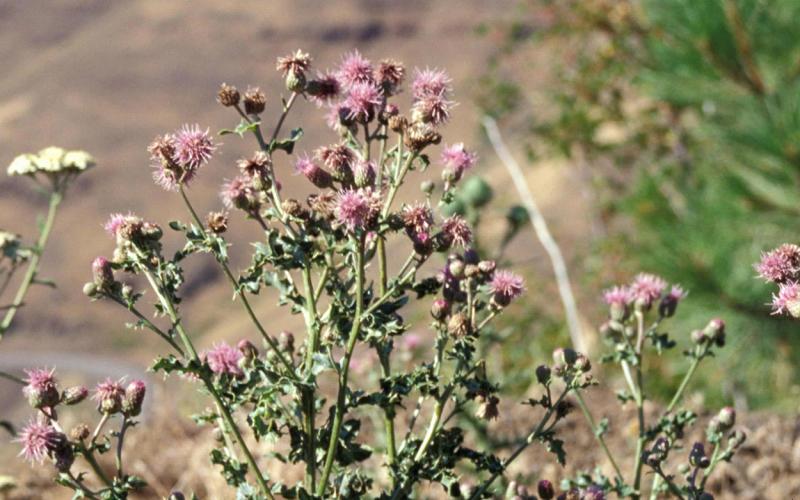
Canada Thistle Control in the Fall
Canada thistle begins to transport assimilates and nutrients down its roots in the fall to survive the winter months. Now is the time to consider a fall herbicide application to keep it under control.
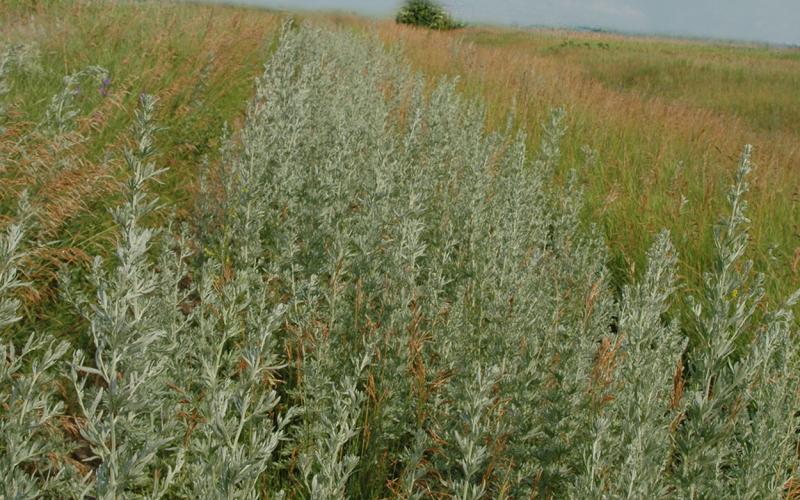
Absinth Wormwood Control in the Fall
Absinth wormwood is a difficult-to-control, noxious weed in South Dakota. Now is the time to consider fall applications for absinth wormwood control.
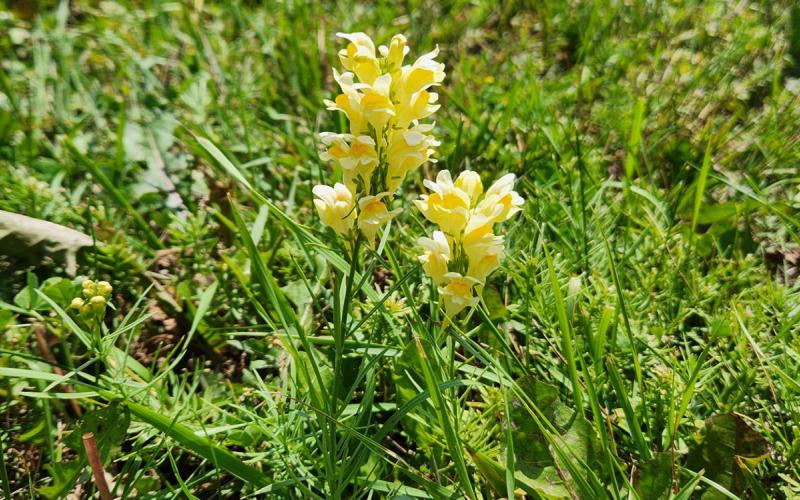
Yellow Toadflax Control
Yellow toadflax is a short-lived perennial plant that infests pasture and rangeland. If not controlled, it can displace native plant species and increase the potential for soil erosion. Learn some tactics for managing it.
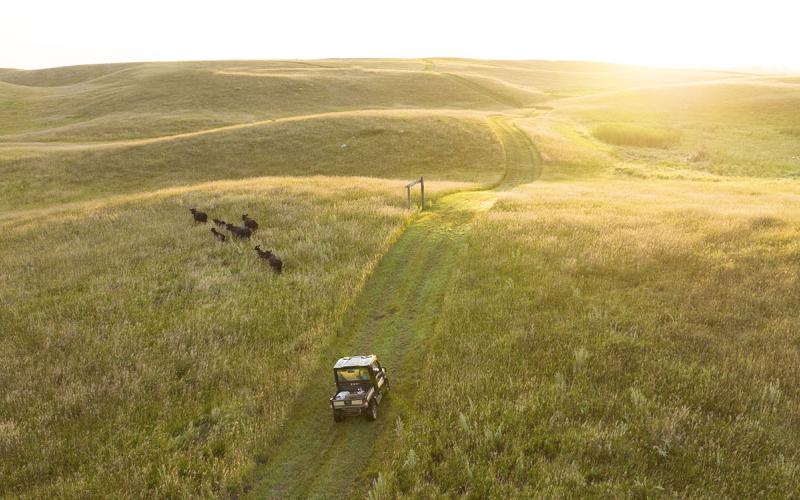
Holistic Ranch Management Helps With Economic and Climate Resilience
Holistic ranch management offers ways to think about ranching as part of a diverse ecological system. Learn how two South Dakota operations have leveraged it to generate multiple income streams from shared resources.
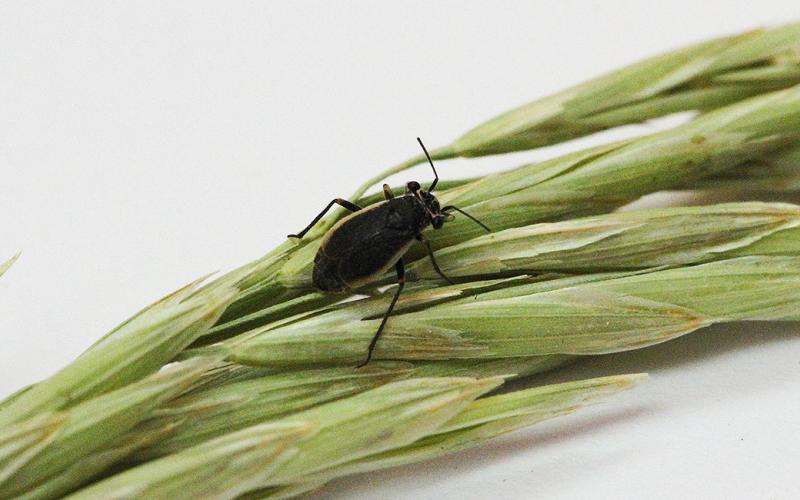
Black Grass Bugs May Cause Issues if Drought Persists
In western South Dakota, black grass bugs are a common spring forage pest that can cause considerable damage during periods of drought. Learn how to monitor and manage this pest to protect your forages this spring.

South Dakota Grasshopper Prediction for 2022
Data from the 2021 USDA Adult Grasshopper Survey of South Dakota suggests that grasshopper populations may continue to be problem in parts of central and western South Dakota during the spring of 2022.
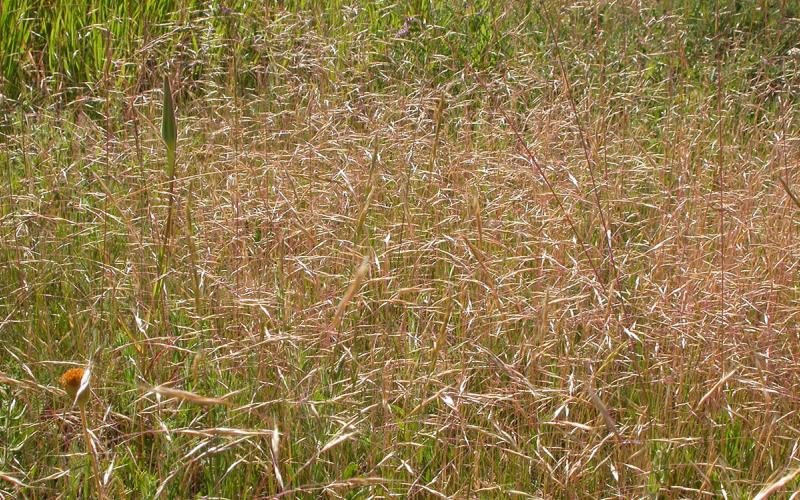
Be on the Lookout: Ventenata
Ventenata is an invasive annual grass that's an emerging threat to South Dakota rangelands due to its ability to exclude desired native species. Learn how to identify, report, and manage it before it becomes a problem in your area.